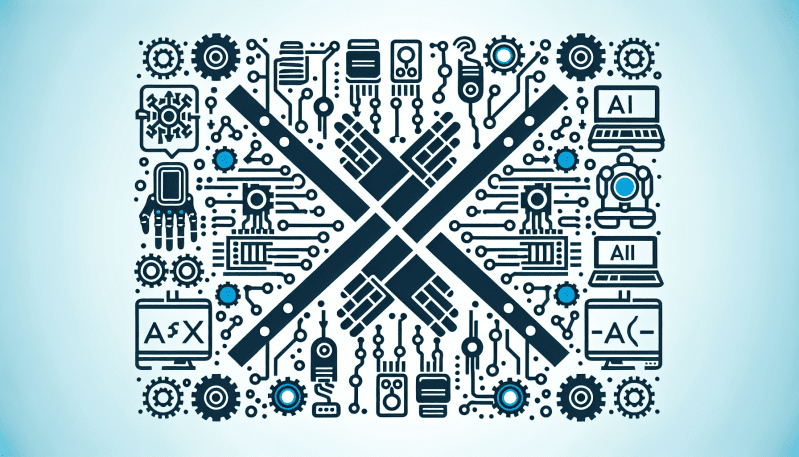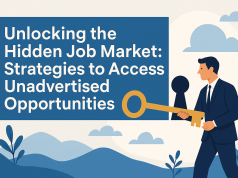As we stand at the brink of a technological revolution that is fundamentally altering the way we live, work, and relate to one another, the younger workforce finds itself at the forefront of an unprecedented challenge. The rapid pace of automation and the rise of artificial intelligence (AI) have triggered a paradox in the job market that is both fascinating and unsettling. This paradox presents a dual reality: on one hand, technology is streamlining tasks and creating new job opportunities, while on the other, it threatens to displace countless roles that were once considered stable.
The Automation Paradox is a reality we must confront with a forward-thinking mindset. The younger workforce, which includes recent graduates and millennials, is particularly vulnerable to the seismic shifts caused by automation. As routine, algorithmic tasks become the domain of machines, there is growing apprehension about the future of jobs traditionally filled by entry-level employees. Yet, this same technological disruption is also paving the way for new industries, novel professions, and an increasing demand for creative, strategic, and interpersonal skills.
Understanding the implications of automation is crucial. AI and machine learning are not just tools for efficiency; they are reshaping the skills landscape. For the youth entering the workforce, this means a move away from rote memorization and towards cultivating adaptability, problem-solving prowess, and digital literacy. Educational institutions have a pivotal role to play in this transition. They must evolve from being purveyors of knowledge to facilitators of lifelong learning, fostering an environment where students can develop the agility and curiosity necessary to navigate a constantly changing job market.
Industries are adapting to this new reality at varying speeds. Sectors like finance, healthcare, and tech are leading the charge, integrating AI to augment human capabilities and generate more value. However, this integration requires a workforce that is skilled in managing and collaborating with technological systems. The need for continued education and upskilling is therefore paramount. Professionals must be given opportunities to learn about emerging technologies and to apply them in their respective fields.
Given the scale of potential job displacement, policy responses are essential to mitigate the risks. Governments and organizations can collaborate to create safety nets for workers who are at risk of being marginalized by technology. Initiatives such as tax incentives for companies investing in employee upskilling, support for transitioning to new careers, and the promotion of STEM education can all contribute to a more resilient workforce.
In conclusion, the Automation Paradox presents a complex challenge that requires a multifaceted approach. The youth and students of today must be empowered with the right set of skills and a mindset geared towards continuous learning. By fostering innovation, collaboration, and a proactive stance towards personal development, we can turn the paradox into a spectrum of opportunities. As we embrace the age of AI, let us ensure that our most valuable resource – human capital – remains robust and relevant.

























